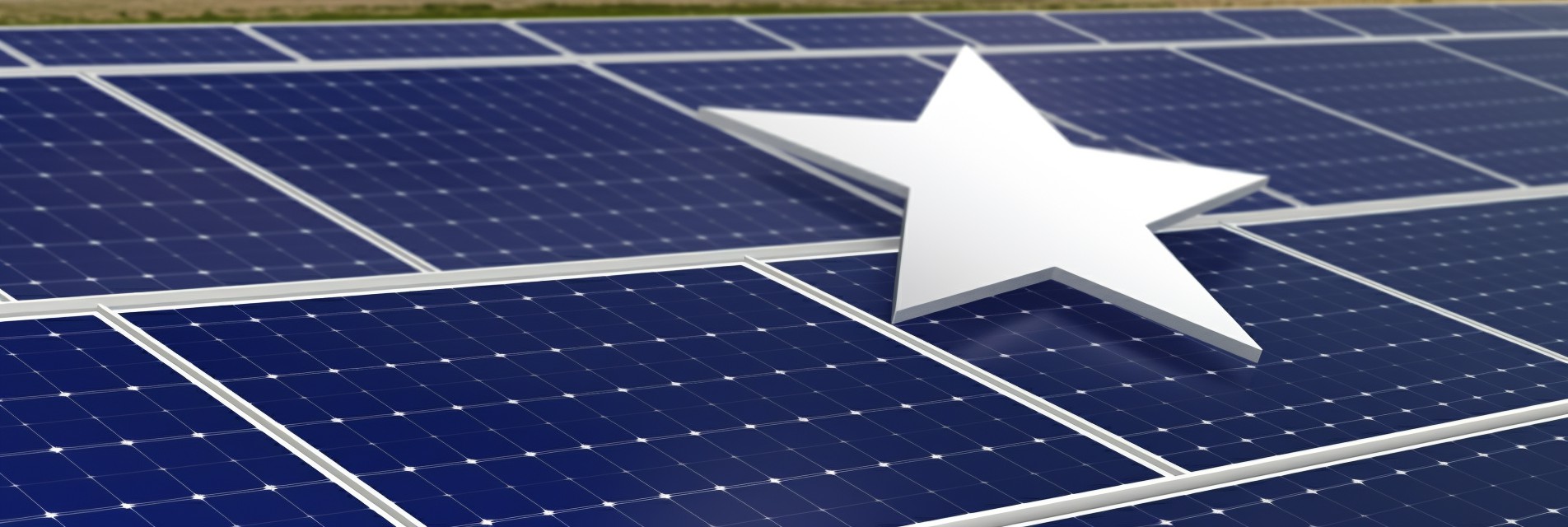Solar energy has been gaining popularity as a renewable source of energy, and Texas is no exception. Texas is among the states with the highest solar energy potential in the country, thanks to its abundant sunshine and vast land area. In this article, we will explore the current state of solar energy in Texas, its benefits and challenges, policies and programs that support solar energy, case studies of solar energy projects, and the future of solar energy in the state.
Table of Contents
Definition of Solar Energy
Solar energy is a form of renewable energy that is harnessed from the sun’s rays. It is captured using solar panels, which convert the sunlight into electricity that can be used to power homes, businesses, and communities.
Importance of Solar Energy in Texas
Texas is a state with a rapidly growing population and increasing energy demand. Solar energy can help the state meet its energy needs while reducing its reliance on fossil fuels, improving air quality, and mitigating climate change. Additionally, solar energy has the potential to create jobs, reduce electricity bills for residents, and increase energy security.
Solar Energy in Texas: A Brief Overview
Current Situation of Solar Energy in Texas
Solar energy is rapidly growing in popularity in Texas, as it is the sixth-highest potential for solar power in the U.S. and the second-largest producer of solar photovoltaic-sourced power, after California. In 2021, solar capacity at state facilities increased from 5,987 to 10,329 megawatts, making up 3% of the total electricity generation, with small-scale solar contributing to one-seventh of that total. The state has also set a renewable energy mandate of 10,000 megawatts of renewable capacity by 2025, including 500 megawatts from non-wind sources, which was exceeded in 2009 due to the high number of wind farms present in the state.
Solar Energy Capacity in Texas
Texas has the potential to generate over 300,000 MW of solar energy, which is enough to power over 75 million homes. Texas ranks first in the country for solar energy potential and has enough solar energy potential to power the entire country.
Factors Affecting Solar Energy Growth in Texas
Several factors affect the growth of solar energy in Texas, including policy, economics, and technology. Policy-wise, the state has several programs that support solar energy, but there is room for improvement. Additionally, the cost of solar energy has been declining, making it more accessible to homeowners and businesses. Lastly, solar energy technology has been improving, making it more efficient and cost-effective.
Benefits of Solar Energy in Texas
Environmental Benefits
Solar energy has several environmental benefits, including reducing greenhouse gas emissions and air pollution. According to the Environmental Protection Agency, solar energy can help reduce carbon emissions by up to 80%. Additionally, solar energy does not produce any pollutants that can harm the environment or public health.
Economic Benefits
Solar energy has several economic benefits, including job creation and economic growth. Texas has over 10,000 solar energy jobs, and the solar energy industry has the potential to create thousands more. Additionally, solar energy can help diversify Texas’s energy portfolio and reduce its reliance on fossil fuels.
Social Benefits
Solar energy also has social benefits, including improving energy security and access to electricity. Texas has several rural areas and low-income communities that lack access to electricity. Solar energy can help address this issue by providing clean, affordable, and reliable electricity.

Challenges of Solar Energy in Texas
Solar Energy Storage
One of the biggest challenges of solar energy is storage. Solar energy is generated during the day when the sun is shining, but it cannot be used at night or during cloudy days without storage. The cost of storage has been declining, but it still remains a significant challenge for the widespread adoption of solar energy.
Transmission and Distribution Infrastructure
Another challenge of solar energy is transmission and distribution infrastructure. Solar energy is typically generated in remote areas, and the existing transmission and distribution infrastructure may not be sufficient to deliver solar energy to areas where it is needed. Upgrades to the grid infrastructure may be necessary to ensure that solar energy is efficiently distributed throughout the state.
Interconnection Issues
Interconnection issues also pose a challenge to the growth of solar energy in Texas. The process of connecting solar energy systems to the grid can be complex and time-consuming, and there may be limited capacity for new solar energy projects to connect to the grid.
Policies and Programs Supporting Solar Energy in Texas
Renewable Portfolio Standards
Texas has a Renewable Portfolio Standard (RPS) that requires utilities to generate a certain percentage of their electricity from renewable sources. The RPS currently requires utilities to generate 10,000 MW of renewable energy by 2025, with a significant portion of that coming from solar energy.
Solar Rebate Programs
Several cities and utilities in Texas offer solar rebate programs that provide financial incentives to homeowners and businesses that install solar energy systems. For example, Austin Energy offers a solar rebate program that provides up to $2,500 in rebates for residential solar energy systems.
Net Metering
Net metering allows homeowners and businesses with solar energy systems to sell excess energy back to the grid. Texas has a net metering policy that requires utilities to credit customers for excess energy generated by their solar energy systems.
Case Studies of Solar Energy Projects in Texas
Bluebonnet Solar Farm
The Bluebonnet Solar Farm is a 100 MW solar energy project located in Navarro County, Texas. It was completed in 2017 and is one of the largest solar energy projects in the state. The project provides clean, renewable energy to over 16,000 homes in the area.
Alamo 6 Solar Farm
The Alamo 6 Solar Farm is a 108 MW solar energy project located in Pecos County, Texas. It was completed in 2020 and provides clean energy to over 20,000 homes in the area. The project was developed by OCI Solar Power and is one of several solar energy projects developed by the company in Texas.
The Future of Solar Energy in Texas
The future of solar energy in Texas looks bright. The state has a significant solar energy potential and is already a major player in the solar energy industry. Several factors, including declining costs, improving technology, and supportive policies, are driving the growth of solar energy in Texas. Additionally, the state’s rapidly growing population and energy demand make solar energy an attractive option for meeting future energy needs.
Solar Energy Goals
Texas has set a goal of generating 10,000 MW of solar energy by 2030. Achieving this goal will require significant investment in solar energy infrastructure and policy support, but it is an achievable goal that would position Texas as a leader in the solar energy industry.
Potential Challenges
While the future of solar energy in Texas is promising, there are still challenges that need to be addressed. These challenges include storage, transmission and distribution infrastructure, and interconnection issues. Addressing these challenges will require significant investment and policy support.
Conclusion
Solar energy is a rapidly growing industry in Texas, with significant potential to meet the state’s energy needs while reducing reliance on fossil fuels, improving air quality, and creating jobs. The state has several policies and programs that support solar energy, and several large-scale solar energy projects have already been completed. While there are still challenges to be addressed, the future of solar energy in Texas looks bright, and the state has the potential to become a leader in the solar energy industry.
Sources
Solar Energy Industries Association: https://www.seia.org/state-solar-policy/texas-solar
Texas Solar Energy Society: https://txses.org
Texas Renewable Portfolio Standard. Texas State Energy Conservation Office: www.seco.cpa.state.tx.us/renewable-energy/renewable-portfolio-standard/
